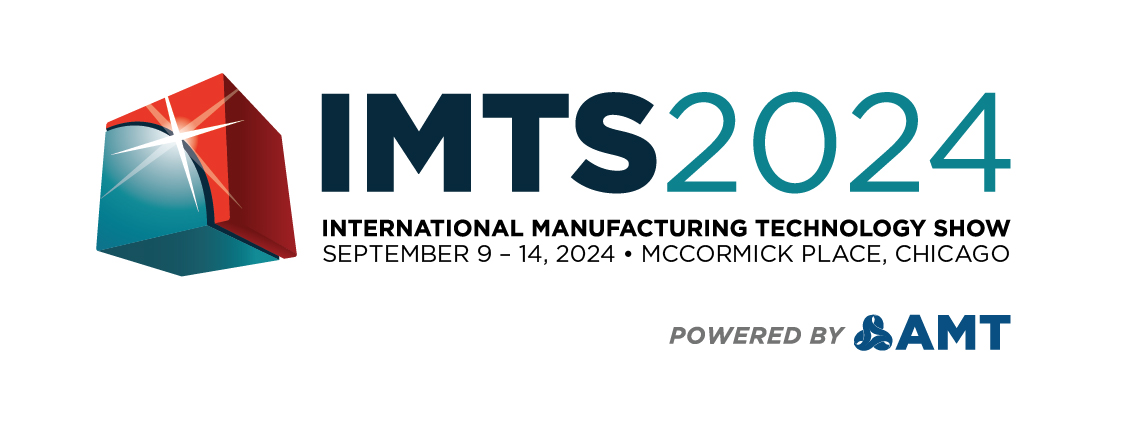The economic prospects of the U.S., Canada, and Mexico for the current year point to interesting opportunities for Italian machinery manufacturers. In fact, OECD1 forecasts indicate, for 2024, GDP growth of 2.1 percent in the US, 0.9 percent in Canada and 2.5 percent in Mexico. In addition, slowing inflation, in these countries, will allow for a reduction in monetary tightening and interest rates, which will have a positive effect on investment.
North America is currently affected by manufacturing industry development induced, not only by market factors, but also by the reorganization of global supply chains necessitated in the aftermath of the health emergency related to the recent pandemic.
The need to reduce the risk of supply disruptions due to distance, and the tariff benefits offered by the U.S.-Mexico-Canada Treaty (USMCA), which came into force in 2020, have fostered a rapprochement of production to domestic markets, leading to a significant growth in supply relations between the three countries that are parties to the Agreement, which are increasingly interconnected, and less and less dependent on geographically distant realities. The emergence of production and supply links between geopolitically or commercially related countries marks the evolution from a "nearshoring" strategy to a model defined as "friend-shoring."
Reducing the weight of U.S. imports from China, and reallocating U.S. production and supplies to Canada and especially Mexico, plays a major role. The Latin American country became the U.S.'s top supplier and a preferred destination for U.S. investment in 2023 due to the presence of skilled and available labor at competitive costs, geographic proximity and a developing logistics network. Also significant is the shift of manufacturing activities from Canada to Mexico2 and the growth of supply relations between the two countries.3
In the United States instead, the growth of manufacturing appears to be linked, in part, to the relocation within the country of production activities previously located abroad (Reshoring), implemented, in part, as a result of recent public policies to incentivize investment in strategic and high-technology sectors, currently presided over by Asian countries. In Canada, this phenomenon appears more limited, owing to the significant and stable trade relations with the U.S., which is the primary supplier, as well as with the European Union and Mexico.4
A further boost to the region's manufacturing sector, particularly in Mexico, stems from the increased exports from North America to the rest of the world. This growth is facilitated by numerous international agreements entered into by the U.S., Canada, and especially Mexico, which boasts one of the most extensive networks of free trade treaties globally and plays a significant role in global trade. In Mexico, there has been an increasing inflow of Foreign Direct Investment in recent years, mainly from the U.S. and Canada, for the purposes indicated above, but to a considerable extent also from Asia and Europe.
Many international groups, in fact, are interested in making productive investments in Mexico to benefit from the preferential access to the U.S. and Canadian markets enjoyed by goods manufactured in this country, thanks to the USMCA Treaty. In 2023, the FDI flow amounts to 36.1 billion dollars. The manufacturing sector accounts for 50.14 percent of the total, a growth of 42.3 percent toward last year. The United States is the main country of origin of FDI in Mexico. 5
The dynamics of the manufacturing sector will undoubtedly lead to increased demand for investment in industrial machinery in the countries of the region. This trend is clearly visible in Mexico, and is motivated by the need to strengthen production capacity, to meet both the increase in domestic demand and the growth in exports, particularly to the United States and Canada, especially in the Automotive, Aerospace, Electronics, and Household Appliances sectors.
The needs for modernization and efficiency are then highlighted, as well as the goals of production flexibility to meet an increasingly diverse demand. Finally, there are requirements for energy conservation and sustainability in the production and packaging of products, linked both to an increased sensitivity to environmental aspects on the part of consumers and distribution, and to more stringent requirements, on the part of government authorities. In the purchase of machinery, therefore, an increasingly pronounced orientation toward automation and digitization of production, logistics, and maintenance processes emerges.
Italian machinery suppliers, valued for their technological excellence, quality, and production flexibility, will certainly be able to grasp current trends to develop optimal solutions for manufacturers' needs and country specifics. To be successful, it will still be important to offer the customer, not only advanced technological solutions, but also a high level of service, making increasing use of monitoring models, predictive maintenance, and remote assistance.
Sincerely,
Olga Gravela
Trade Commissioner – ITA Mexico City
1 OECD Economic Outlook, Interim Report February 2024
2 CEFP, 13 marzo 2024, Commenti sul Rapporto statistico sugli Investimenti diretti esteri in MessicoRegarding the development of the value chain between Canada and Mexico, in 2023, we highlight the importance of Canada (9.63% on Total FDI inflows) among the main countries of origin of FDI flows to Mexico, a sign of a partial reallocation of the production and supply chain to Mexico.
3 Mexico's 2023 Exports data (source: TDM - Trade Data Monitor) also show the growing trade link between Canada and Mexico. Canada is the second largest export destination country for Mexico. Mexico's export increase vs. Canada year/year was 33.2 percent in 2022 and 11.53 percent in 2023 (higher than Mexico's export vs. the U.S. in the two years under review).
4 Are We Starting to See Signs of Reshoring in Canada - Desjardins, August 30, 2023
5 CEFP, 13 marzo 2024, Commenti sul Rapporto statistico sugli Investimenti diretti esteri in Messico


























